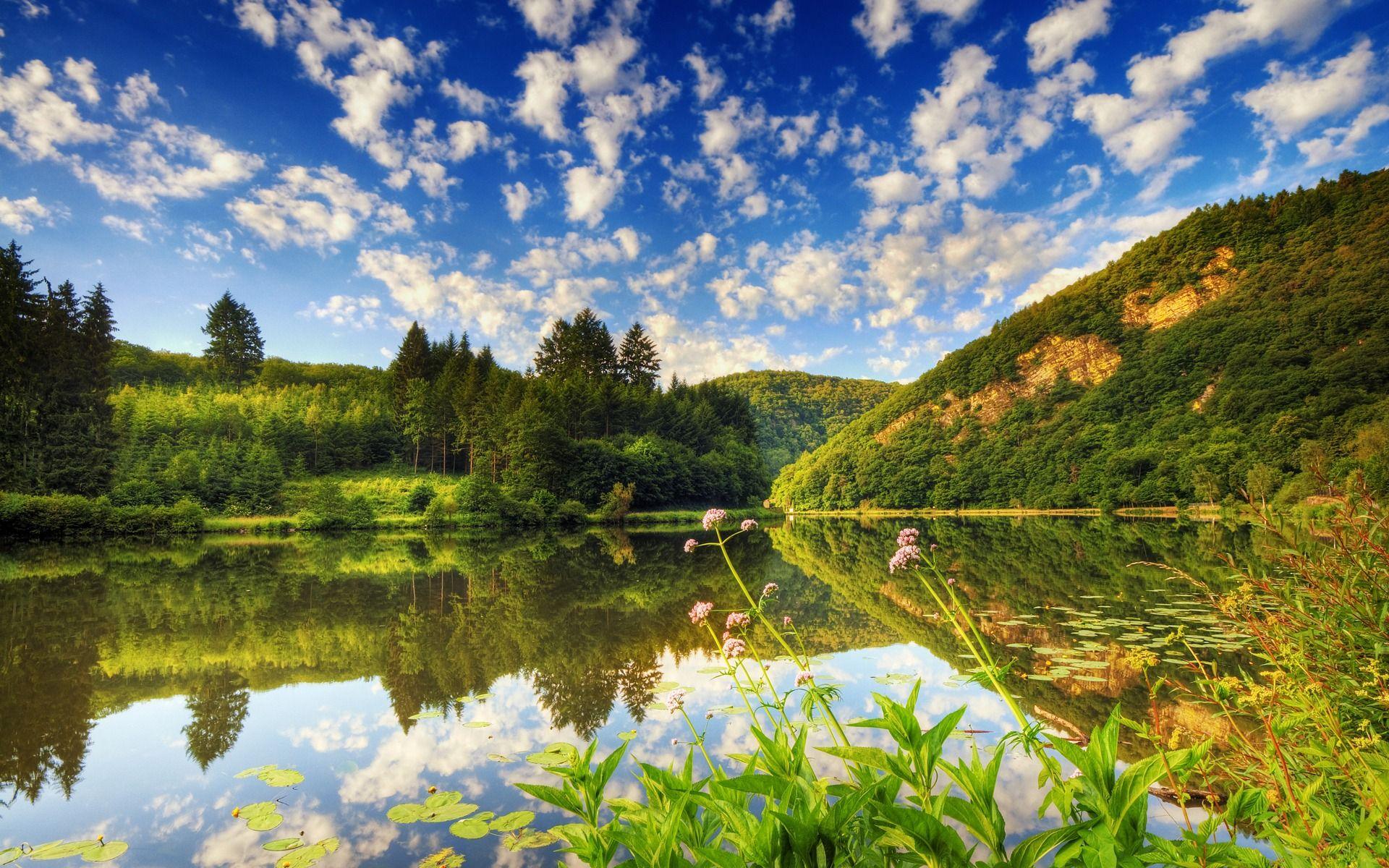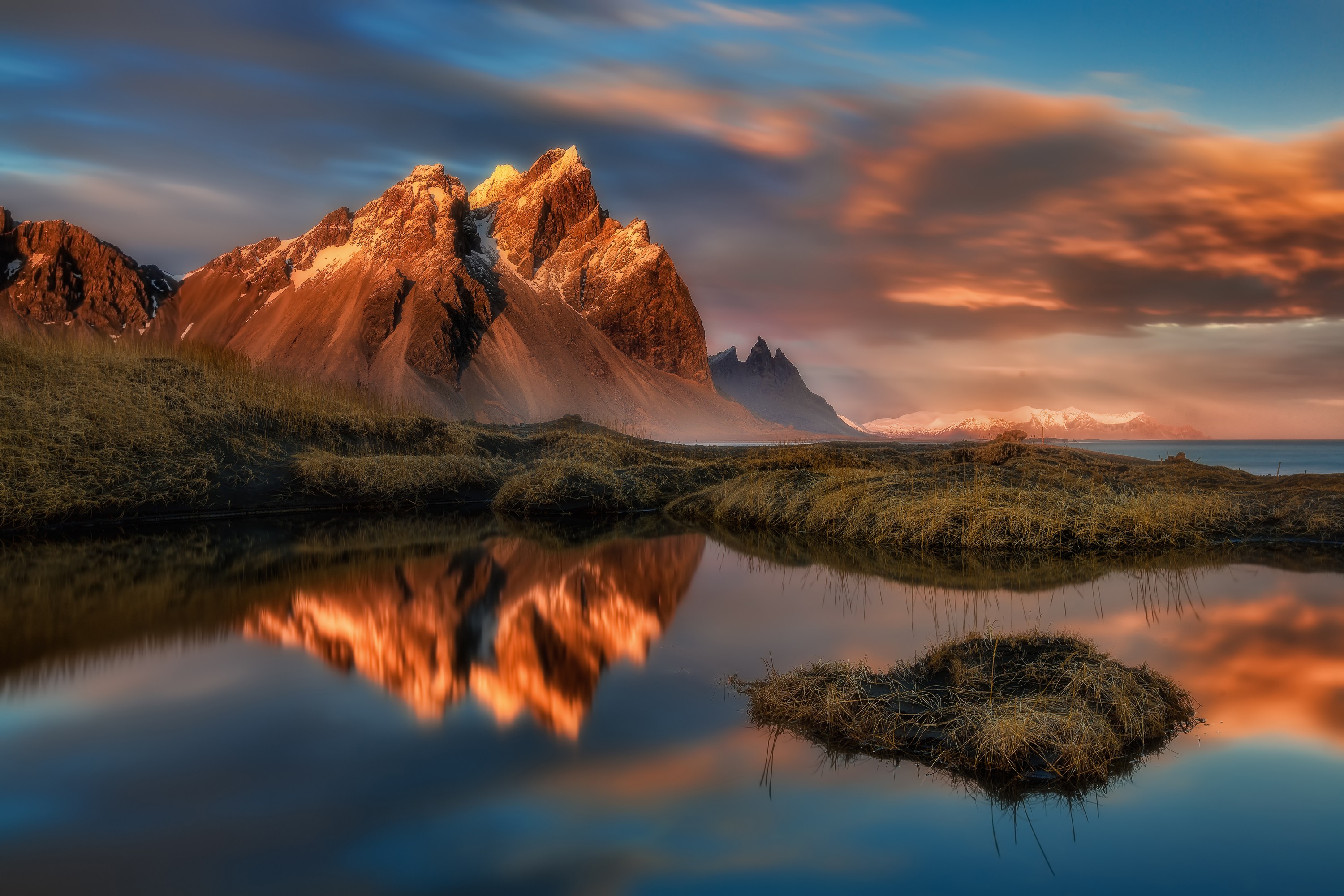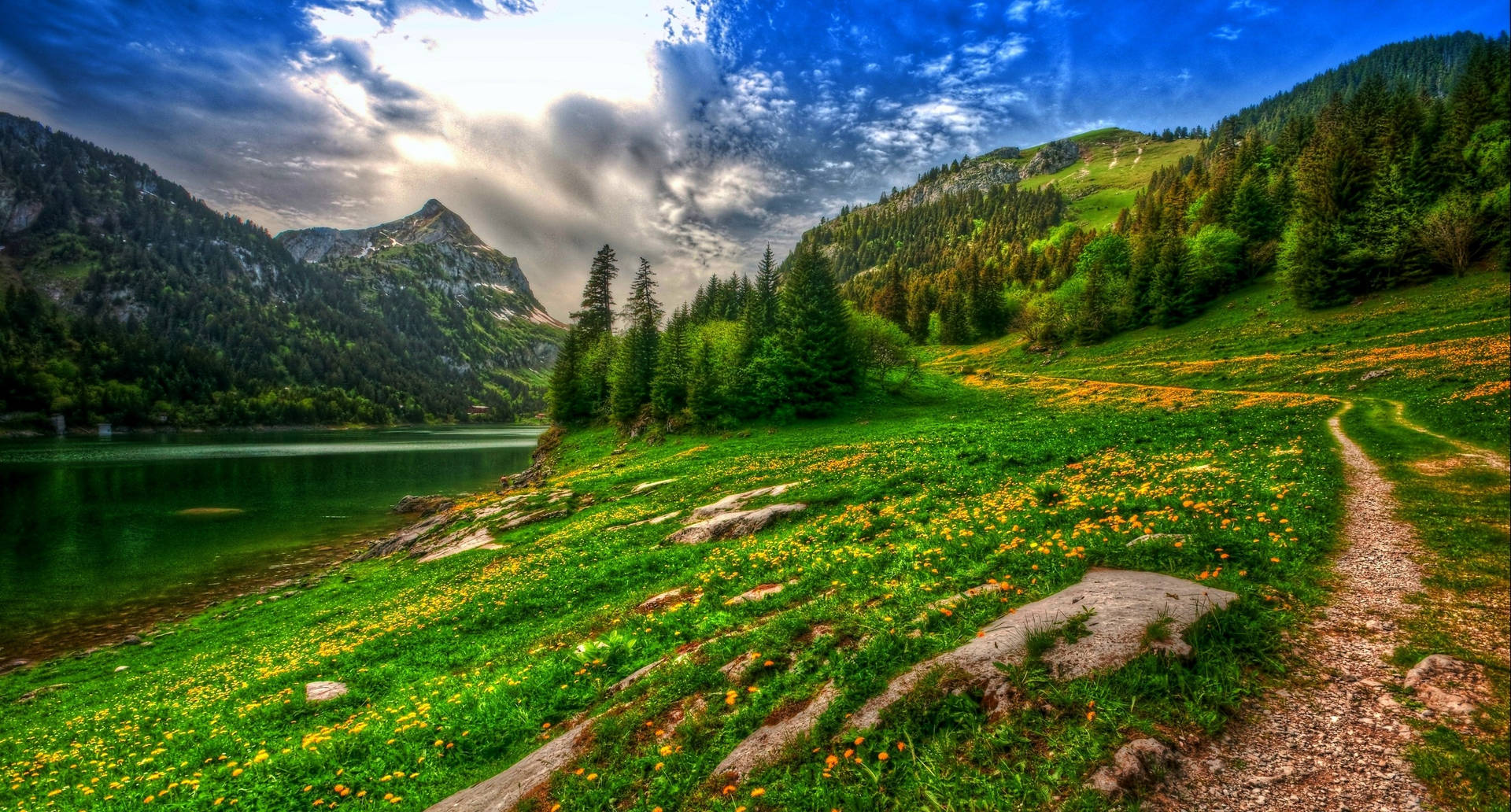Table of Contents
- Introduction: Why Natural Settings Call to Artists
- What Makes a Good Outdoor Scene for Oil Painting?
- How Do You Start an Oil Painting of a Natural Setting?
- What Colors Are Best for Oil Painting Natural Settings?
- The Magic of Painting Outdoors: Plein Air Tips
- Playing with Light and Shadow in Your Art
- Composition Secrets for Compelling Scenes
- Finding Your Own Artistic Vision
- Painting Your World: A Creative Endeavor
Introduction: Why Natural Settings Call to Artists
There's something truly special about standing before a vast, open vista and feeling that urge to capture its essence with paint. For many artists, the idea of a landscape for oil painting holds a particular charm, offering endless opportunities to explore color, light, and the feeling of a place. It’s a way to connect with the world around us, to see it with fresh eyes, and then to share that unique perspective on canvas, so.
Think about it: just like surveys help us understand the diverse patterns of human experience, like the religious beliefs and practices of the American public, as noted in the Pew Research Center’s religious studies from 2007 and 2014, artists too are observing and interpreting a kind of "visual survey." We are looking at the natural world, or perhaps even a city scene, and trying to make sense of its visual elements. The surveys tell us about the changing global religious picture, showing shifts in populations and affiliations, which is a bit like how a scene changes with the light or the seasons, you know?
A natural setting, whether it’s a physical place or a survey of human ideas, reflects a living synthesis of people and place, as it were. It’s vital to local areas and their stories. When you pick a landscape for oil painting, you’re not just copying what you see; you’re telling a story about that moment, that light, and how it makes you feel, too it's almost. It’s a creative act that can be incredibly rewarding, honestly.
What Makes a Good Outdoor Scene for Oil Painting?
A great subject for a landscape for oil painting often has a strong sense of mood or atmosphere. It could be a dramatic sky, a quiet forest path, or a sun-drenched field. The key is finding something that speaks to you, something that makes you want to spend hours looking at it and then trying to recreate it, a bit.
Look for interesting shapes and lines. A winding river, a distant mountain range, or a cluster of trees can provide good structure for your painting. Consider the time of day, as well. Early morning light or late afternoon glow can transform an ordinary scene into something quite extraordinary, very. The way light hits surfaces can create fascinating patterns, actually.
Sometimes, the most compelling scenes are the ones that include a touch of human presence, like a small cottage or a winding road. These elements can add a sense of story and scale to your work. Think about what kind of feeling you want your painting to evoke, and then seek out scenes that align with that, you know? A lone tree on a hill, for instance, can convey solitude.
Consider the season too. A winter scene offers different challenges and opportunities than a summer one. Bare branches can create intricate patterns against a sky, while autumn brings a burst of warm colors. Each season offers its own unique palette and mood, which is pretty cool, so.
Even simple, everyday views can make wonderful subjects. A backyard garden, a view from your window, or a local park can offer plenty of inspiration. You don't always need grand vistas to create a powerful painting; sometimes, the beauty lies in the quiet, familiar places, as a matter of fact.
The play of light on water, the texture of rocks, or the varied greens of foliage can all contribute to a captivating outdoor painting. Try to see beyond the obvious and look for the subtle beauty in everyday surroundings, which is often where the real magic happens, anyway.
How Do You Start an Oil Painting of a Natural Setting?
Starting an oil painting of a natural setting begins with careful observation, basically. Spend some time really looking at your chosen scene or reference photo. What are the main values – the lights and darks? Where is the light coming from? What are the dominant colors? You can even do a small sketch or a value study first, which helps a lot, you know.
Next, prepare your canvas or panel. Many artists like to tone their surface with a thin wash of a neutral color, like a light brown or gray. This helps to eliminate the stark white and provides a mid-tone to work from. It also helps unify the colors you'll apply later, so. This initial layer can be quite thin, allowing it to dry quickly.
Begin with a loose block-in of the main shapes and colors. Don't worry about details at this stage. You're just getting the major elements in place and establishing the overall composition. Think of it like mapping out the big areas before you fill in the smaller ones, which is a pretty good way to start, anyway. This initial sketch can be done with a thin wash of paint or even charcoal.
Establish your darkest darks and lightest lights early on. This helps to set the range of values for your entire painting and gives you a good foundation. It’s like setting the stage for the drama of light and shadow that will unfold on your canvas, you know? This step is pretty important for creating depth.
Work from general to specific. First, get the big shapes and colors right, then gradually add more detail as the painting progresses. Don't rush to add tiny branches or individual leaves until the larger forms are well established, which is a common mistake for beginners, frankly.
Consider using larger brushes in the initial stages to prevent yourself from getting caught up in small details too soon. This encourages a looser, more expressive approach, which can be quite liberating, you know? It helps keep your focus on the overall feeling of the scene, honestly.
What Colors Are Best for Oil Painting Natural Settings?
For a landscape for oil painting, a good basic palette includes a warm and cool version of each primary color, plus a few earth tones. For example, a warm red like Cadmium Red Light and a cool red like Alizarin Crimson. A warm yellow like Cadmium Yellow and a cool yellow like Lemon Yellow. For blues, Ultramarine Blue (warm) and Phthalo Blue (cool) are common choices, as a matter of fact.
Earth tones like Burnt Sienna, Raw Umber, and Yellow Ochre are incredibly useful for painting dirt, trees, and general muted areas. These colors provide a natural base and can be mixed to create a wide variety of shades. They are pretty much the backbone of many outdoor scenes, you know?
White



